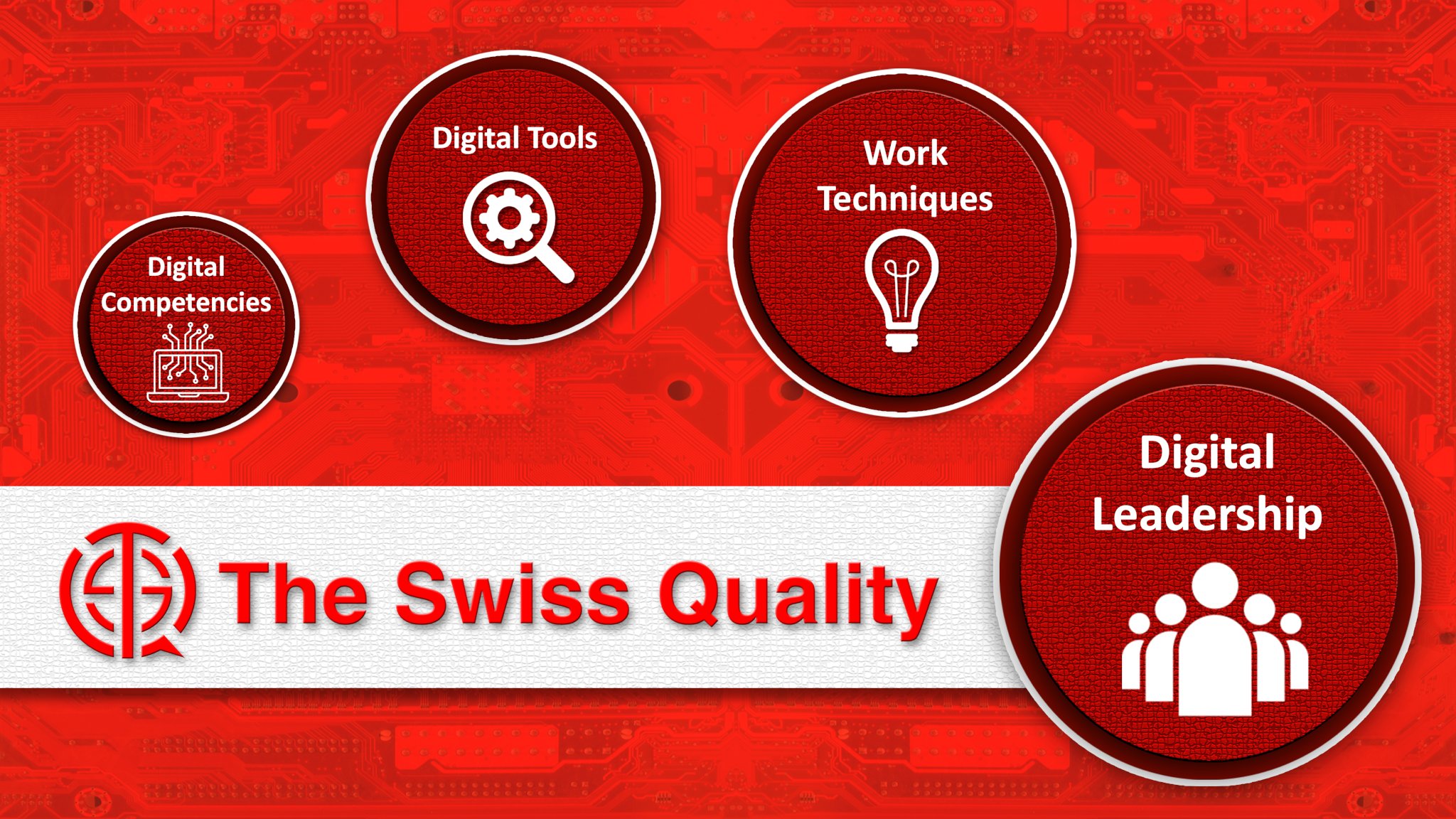Leadership in a Divided World, marked by technological advancements, global interconnectedness, and shifting socio-political currents, effective leadership is more crucial than ever. Business executives, mid-level managers, and entrepreneurs find themselves navigating a world where sides are being divided, creating an imperative for skilled leaders to bridge these divides. This article explores the essential components of leadership, such as change management, executive coaching, effective communication, and the integration of Generative Artificial Intelligence (GAI), in fostering unity amidst polarization.
The Challenge of Divides in Contemporary Society
In the grand tapestry of society, where threads of once-vibrant unity seem frayed and strained, the echo of that quote resonates with an unsettling truth: lines are being drawn, allegiances hardening like calcified mortar, and divisions deepening into chasms that threaten to swallow whole communities. This seismic shift isn’t confined to distant political battlegrounds; it reverberates through the very foundation of businesses, infiltrating boardrooms, echoing in lunchrooms, and casting long shadows over collaborations. Businesses are not isolated fortresses immune to the tremors of societal discord; they are microcosms pulsating with the same anxieties and fractures that grip the world beyond their walls.
Herein lies the stark challenge for business leaders. They can no longer afford to be mere bystanders in the theater of societal division. They must step onto the stage, not as partisan puppeteers manipulating the strings of opinion, but as visionary architects, wielding the tools of empathy, inclusivity, and open communication to bridge the widening gaps within their organizations. This demands a proactive approach, not a reactive scramble. Leaders must not wait for the tremors of disharmony to crack their teams before taking action. They must anticipate the fault lines, proactively fostering a culture of respectful dialogue, active listening, and the celebration of diverse perspectives.
Imagine a leader, not clinging to the outdated blueprints of a homogenous workforce, but meticulously crafting a mosaic of diverse talents, backgrounds, and beliefs. This, in essence, is the transformative power of inclusivity in the face of division. Every voice heard, every lived experience acknowledged, becomes a bridge across the chasm, a vibrant thread woven into the tapestry of a cohesive and productive team. The challenges won’t be easy. There will be moments of heated exchanges, misunderstandings born of preconceived notions, and moments where the architects of unity feel like they’re building on shifting sand. But a skilled builder doesn’t crumble at the sight of a cracked foundation; they reinforce the support beams, draw strength from the collective spirit of their team, and persevere with the unwavering belief that a united organization, where differences are not weapons but bridges, is the only path to true success.
So, the next time you step into your office, don’t ignore the tremors of societal division echoing through the hallways. Embrace them as a call to action, a chance to rise as a leader who not only navigates the turbulent waters of the marketplace but also builds a haven of unity within the walls of your organization. Watch as anxieties dissipate, collaboration flourishes, and your business, no longer a fractured reflection of a divided world, emerges as a beacon of inclusivity and shared purpose, its success a testament to the transformative power of leadership that dares to bridge the divides and weave a brighter future for all.
Change Management: Navigating the Shifting Landscape
Change is the only constant, and effective change management is a linchpin in leadership. Leaders must not only adapt to changes in the external environment but also guide their teams through transformations within the organization. By embracing change management strategies, leaders can foster resilience among their teams, ensuring that everyone is moving in the same direction despite external divisions.
Executive Coaching: Cultivating Inclusive Leadership
Executive coaching services play a pivotal role in developing leaders who can navigate and bridge divides. Through one-on-one coaching, leaders gain insights into their leadership styles, biases, and communication approaches. This self-awareness is a powerful tool in promoting inclusivity and understanding within the organization. Coaches help leaders refine their skills in managing diverse teams, fostering a culture of respect and collaboration.
Effective Communication: A Unifying Force
Communication is the cornerstone of effective leadership, especially in times of division. Leaders must master the art of communicating a shared vision that transcends individual differences. Effective communication involves active listening, empathy, and the ability to articulate a compelling narrative that resonates with diverse perspectives. By fostering open and transparent communication channels, leaders can bridge gaps and build a unified organizational culture.
Generative Artificial Intelligence: Enhancing Decision-Making
In a world where misinformation and divisive narratives abound, leveraging Generative Artificial Intelligence (GAI) can be a strategic advantage. GAI tools can analyze vast amounts of data, providing leaders with valuable insights for informed decision-making. By basing decisions on data rather than divisive rhetoric, leaders can steer their organizations with objectivity and foster an environment where facts prevail over divisive narratives.
Leadership Skills: Nurturing Unity
Leadership skills, encompassing adaptability, emotional intelligence, and the ability to inspire, are essential for fostering unity. Leaders must actively cultivate these skills to bridge divides within their teams. Training programs focused on leadership skills can empower individuals to navigate differences, recognize common goals, and work collaboratively towards shared success.
Conclusion: Unifying Leadership in a Divided World
In conclusion, leadership in the face of societal divides requires a proactive and inclusive approach. Change management, executive coaching, effective communication, the strategic use of GAI, and honing leadership skills are integral components of this approach. By embracing these principles, leaders can not only navigate the challenges posed by divisions but also contribute to creating a more united, resilient, and successful organization.
#LeadershipUnity #ChangeManagement #ExecutiveCoaching #EffectiveCommunication























